NCAT Launches Nationwide ‘Soil for Water’ Regenerative Agriculture Project
Farmers, ranchers, and land managers across the United States who are taking steps to catch and hold more water in the soil are invited to join the National Center for Appropriate Technology’s Soil for Water project. Building on an expanding peer-to-peer network of ranchers in Arkansas, California, Colorado, Montana, Mississippi, New Mexico, Texas, and Virginia, NCAT has opened the program to crop farmers, ranchers, and land managers in all 50 states who are learning together how to catch and hold more water in the soil.
“The Soil for Water project is about implementing practical, cost-effective, and lasting ways to regenerate our soil — making farms, ranches, and communities more resilient in the face of climate disruption,” said NCAT Executive Director Steve Thompson. “We need to start thinking about healthy soil as permanent infrastructure that stores water to better withstand the impacts of droughts and floods. By connecting innovative farmers and ranchers, and tapping into their know-how, we see Soil for Water becoming a key player in regenerating and improving farmland across America. We welcome and encourage farmers and ranchers everywhere to join this free network at SOILFORWATER.ORG.”
To date, more than 90 farms and ranches have joined the free and voluntary Soil for Water network. The project aims to include hundreds of farmers and ranchers who discover and share land management practices that improve soil health, catch more water in soil, reduce erosion, sustain diverse plant and animal life, and filter out pollutants, all while improving the profitability of their businesses.
James Burch’s Mississippi farm has been in his family for a century. After a long military career, it’s only recently that he started putting the land back into production. He’s passionate about locally grown produce, grass-fed beef and pasture-raised pigs. His main concern is mitigating erosion and making sure the soil on his land doesn’t wash away into nearby waterways. That’s why Burch joined the Soil for Water network.
“It’s important to build the soil to the point that you’ve got some kind of cover on it, and any time you get these big rains, it doesn’t take your topsoil to another area,” said Burch. “The vision for my farm is big. I’m taking it one step at a time and using proven methodologies to grow healthy food above ground and maintain healthy soil below ground.”
Unhealthy soil doesn’t absorb much water. Healthy soil acts like a sponge, capable of holding hundreds of thousands of gallons of water in an acre. Climate trends across much of the U.S. indicate longer, hotter drought periods punctuated by storms that often are more severe, according to a 2021 USDA report. Regenerative farming practices enable the soil to capture rainfall that otherwise might disappear as runoff. Economically, these practices can increase crop and forage production, drought resilience, access to lucrative new markets, and therefore profitability. Environmentally, they can improve soil health and biodiversity.
The expanded Soil for Water project encourages the adoption of regenerative land management practices through an interactive website, peer-to-peer forum, in-person and online networking opportunities, and the ability to connect with experts and land managers who are finding success with varied practices.
The Soil for Water project launched in 2015 with support from the Dixon Water Foundation and the Meadows Foundation. Project investors include grants from the National Resources Conservation Service (NRCS), $980,000; The Jacob and Terese Hershey Foundation, $50,000; the Southern Sustainable Agriculture Research and Education (SARE) program, $1 million; and the Kathleen Hadley Innovation Fund, $20,000.
To learn more about the newly expanded Soil for Water project, and to join the free network, visit SOILFORWATER.ORG.

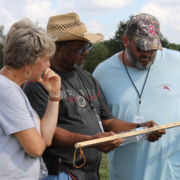 NCAT
NCAT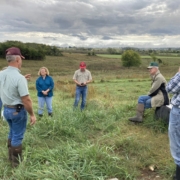
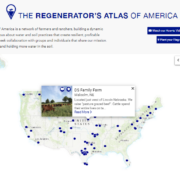
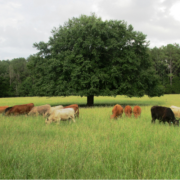

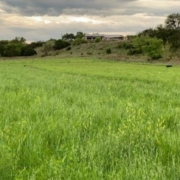


 Photo courtesy Scott McClenahan
Photo courtesy Scott McClenahan